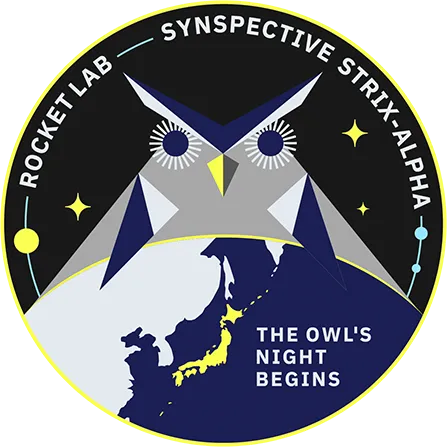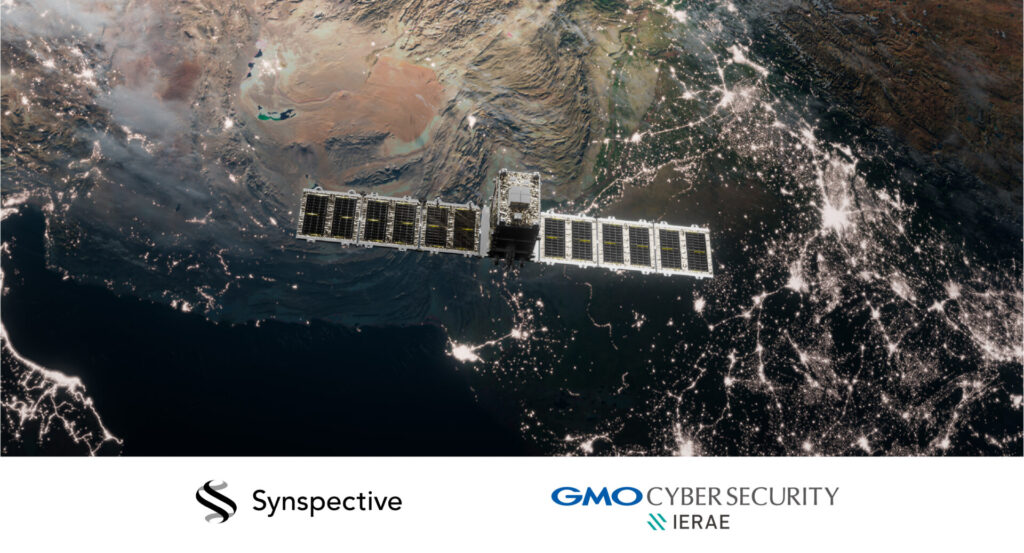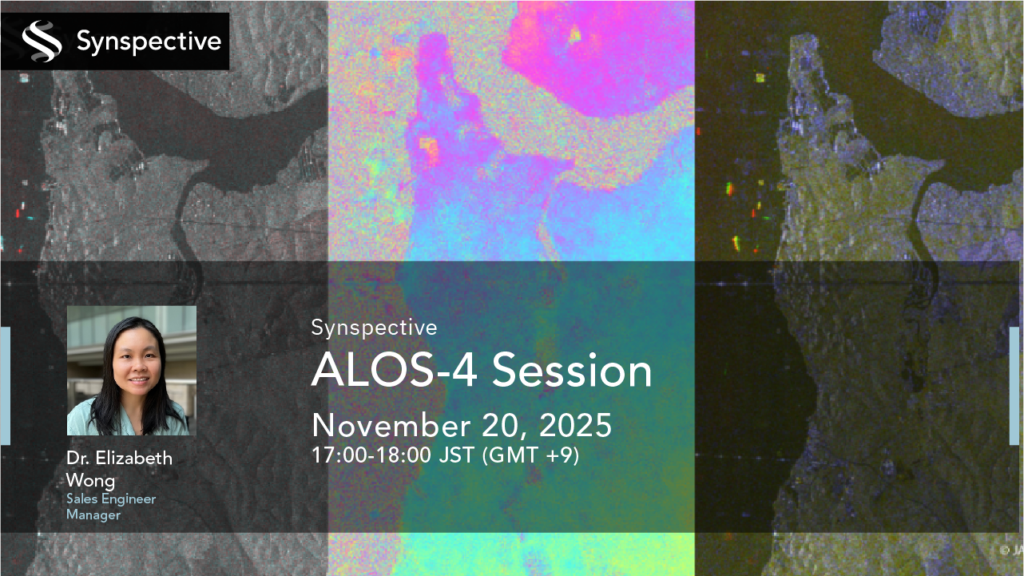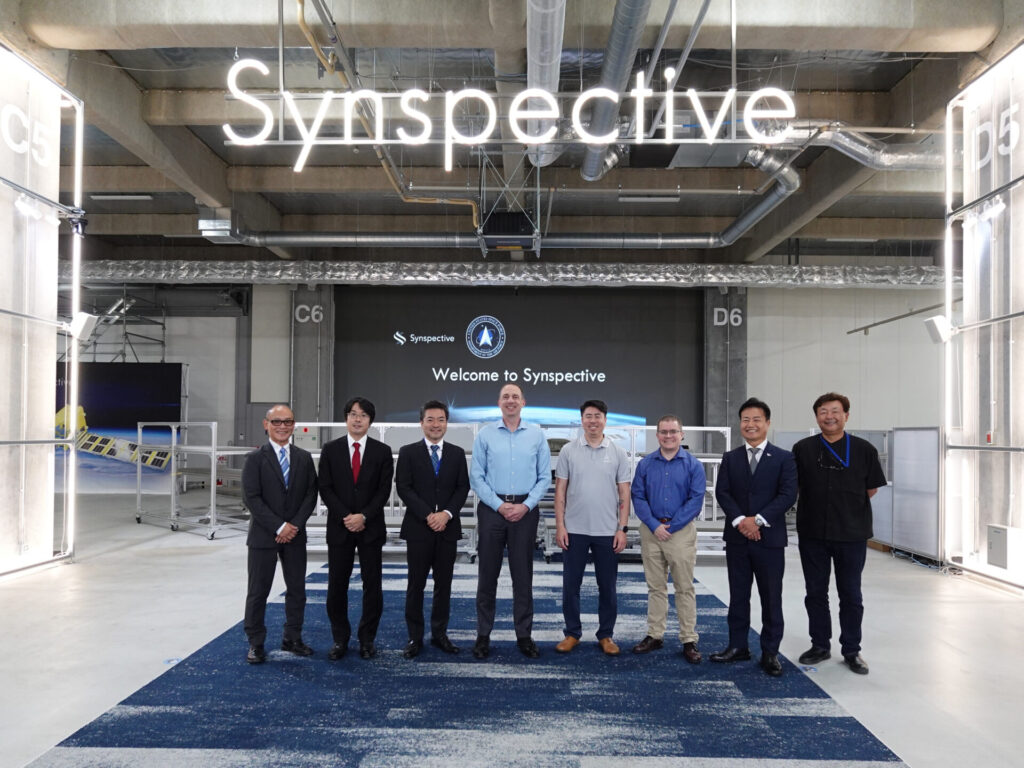
StriX
Born from the Cabinet Office’s R&D Initiatives
StriX is a small, innovative, and low-cost Synthetic Aperture Radar (SAR) satellite that was jointly developed by Synspective, the University of Tokyo, the Tokyo Institute of Technology, and the Japan Aerospace Exploration Agency (JAXA). The technology originated from the Impulsing Paradigm Change through Disruptive Technologies (ImPACT) Program, a Japanese government-led R&D initiative.
The Council for Science, Technology, and Innovation (CTSP), which oversees science and technology policies in Japan, initiated the ImPACT Program. The program aims to promote high-risk and high-impact R&D and foster a sustainable and innovative ecosystem. The development of small SAR satellites ran from fiscal year 2015 to fiscal year 2019.
With a foldable SAR antenna, increased power, and advanced thermal control, Synspective has reduced the satellite’s size and achieved imaging capabilities that are comparable to large SAR satellites. Furthermore, with the use of onboard equipment, commercial off-the-shelf (COTS) components, and miniaturization, we were able to significantly reduce costs.
StriX is in the 100kg satellite class and about 1/10 of conventional large SAR satellites. Accounting for both development and launch expenses, it is approximately 1/20 the cost of larger satellites.
Inspired by the Owl: StriX
Synspective’s StriX satellite draws its name from the owl’s scientific name, Strix Uralensis. Owls have highly developed hearing and vision, allowing them to forage even in total darkness. Being able to see at night is also an important feature of SAR satellites. The satellite’s extended antenna, reminiscent of bird wings, further underscores this connection to its namesake.
Often revered as a symbol of wisdom, the owl was also the sacred messenger of Athena, the Greek Goddess of wisdom. This association with owls not only reflects the satellite’s technical capabilities but also its place in the broader legacy of exploration and insight.

SAR Satellite Features
Satellite Specification
| Mass | 100kg class |
|---|---|
| Size | 0.8m × 1.0m × 0.8m (Before antenna deployment) 5.0m × 1.0m × 0.8m (After antenna deployment) |
| Antenna Size | 5m × 0.8m |
| Propulsion | Yes |
| Mission Life | Approximately 5 years |
Sensor Specification
| Center Frequency | 9.65 GHz (X-band) |
|---|---|
| Look Direction | Right and Left |
| PRF | Up to 7 kHz |
| Chirp Bandwith | Up to 600 MHz |
| RF Peak Power | 1kW |
| Polarization | VV |
| Off-Nadir Angle | 15 – 45 degrees |
Miniaturizing and designing SAR satellites for large-scale production
While major aerospace manufacturers operate worldwide, the challenge in developing small SAR satellites stemmed from creating SAR antennas that offer imaging equivalent to larger ones, along with ensuring advanced thermal control.
Synspective’s StriX satellite is in the 100kg class and about 1/10 of a conventional large SAR satellite. It utilizes a foldable antenna design, which expands to a size equivalent to a 5m large satellite (deployable parallel-plate slot array antenna). Equipped with a high-output 1kW amplifier, it also features a balanced thermal control system. Its quality and stability reduces potential orbital failures, making it advantageous for stable production and operations.
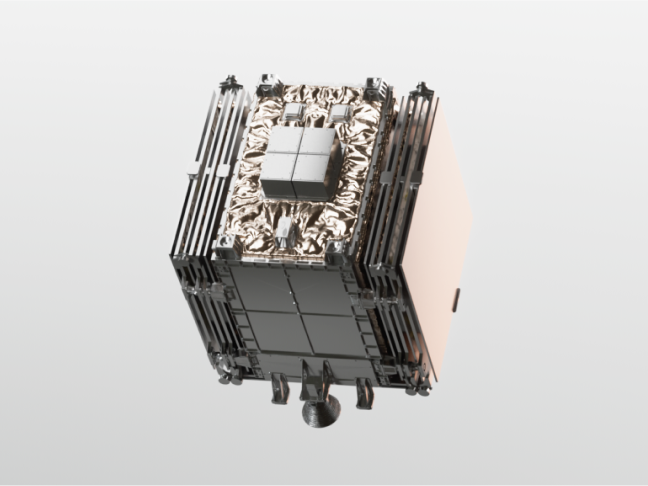
Multi-point and wide-area imaging capabilities using a high-powered, high-capacity battery
Wide-area imaging capabilities are crucial for routine monitoring and observations during disasters. With SAR satellite systems, power generation and storage capacity limit the areas of observation. StriX satellites, equipped with a high-output 1kW amplifier, have many solar cells and a corresponding high-capacity battery.
As a result, the observation width per scan is five to six times more expansive, leading to an observable area that is two to ten times larger than other satellites. This feature enables long-term and multi-point observations.
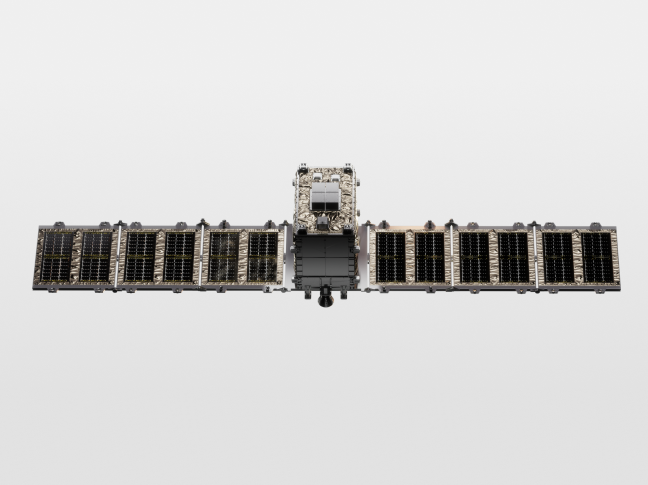
A powerful antenna for large-scale production that expands in outer space
StriX is equipped with a deployable parallel plate slot array antenna, composed of seven independent panels. Before entering orbit, it measures approximately 80 cm on each side, forming a cube. After being placed into orbit, the folded panels then deploy in outer space.
The design of the antenna, especially the radio emission slots on its surface and its waveguides, requires detailed calculations related to the radio wave phase. However, once the design is set, the manufacturing and inspection processes are simplified. Not only does it have fewer components compared to other methods, but it is also lightweight, is less reliant on electronic devices, and boasts notable structural strength.
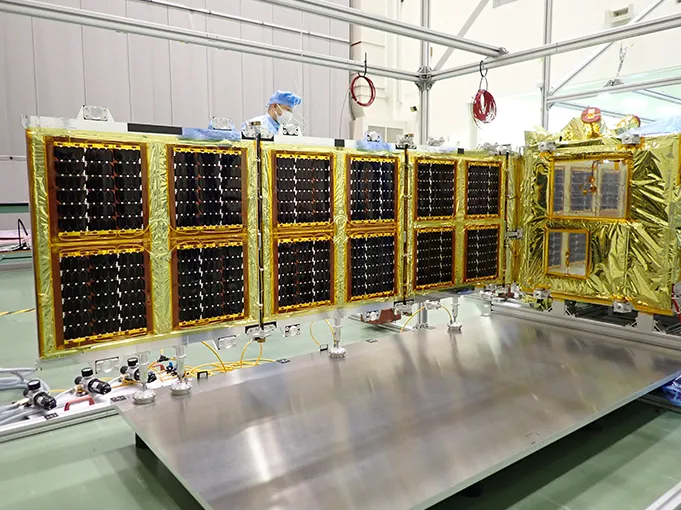
World-class technical capabilities and developmental speed
In less than three years, we successfully launched and deployed three satellites, achieving Japan’s first commercial SAR imagery.
The StriX series incorporates technologies developed by space experts from JAXA and various universities, as part of the Cabinet Office’s ImPACT program. With an emphasis on cost reduction and fast delivery, we have developed and deployed high-quality satellites, such as our StriX-α prototype, designed to handle challenges from vibrations at launch, the extreme conditions of space such as radiation, and the thermal vacuum environment.
As a startup, Synspective operates with a fast-paced approach, and we integrate this dynamism into our satellite development. Drawing from past experiences, our team selects technologies for our SAR satellites that are known for reliability in space, cost effectiveness, and timely delivery.

Formulating new designs and systems for large-scale production
We are aiming to build a constellation of 30 small SAR satellites by the latter half of the 2020s and are rapidly developing a system to manufacture these satellites at scale.
At Synspective, we have blended the expertise of space industry veterans with specialists from the aircraft, automobile, and consumer electronics sectors. By partnering with major automobile companies, their affiliates, and leading space companies, we have tapped into valuable technical know-how and skilled talent. As we continue to develop our satellites, we are also preparing for large-scale production.
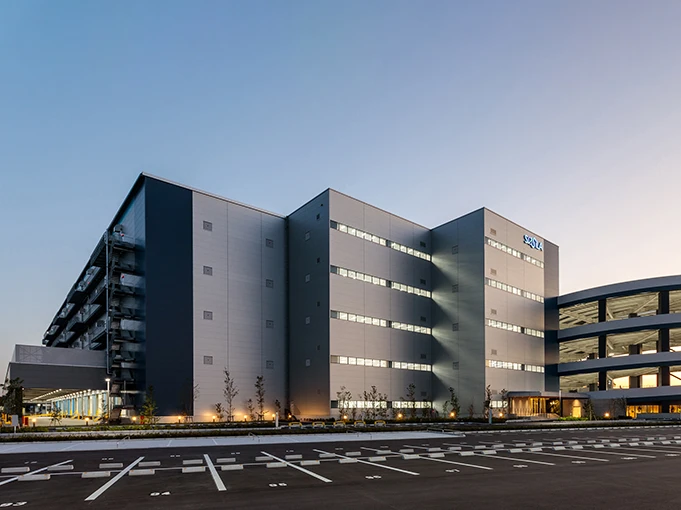
A development team that has consistently delivered results with the successful launch and operation of all satellites
In satellite development, the makeup of the team is crucial. Development demands a wide range of skills and expertise, necessitating collaboration among individuals with diverse backgrounds. This array of skills significantly influences development and improvement.
Challenges in development are inevitable. Yet, a strong team can quickly address and devise solutions.
We value mutual respect, rapid responses and problem-solving, responsibility, and communication. This culture is not only consistent within our development teams but is also reflected throughout Synspective and in our CREDO.
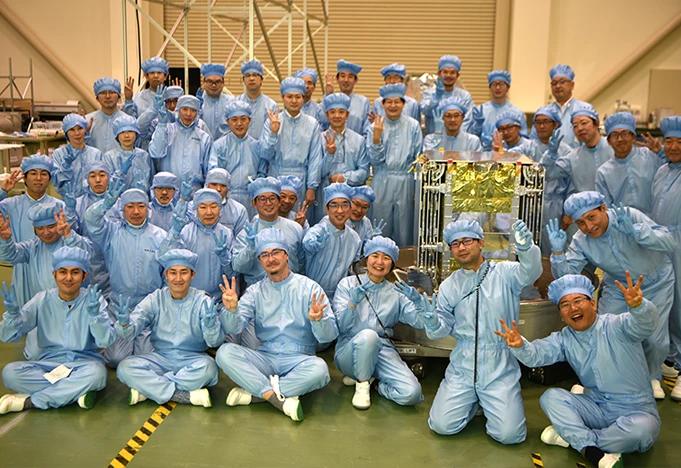
Launch Missions
